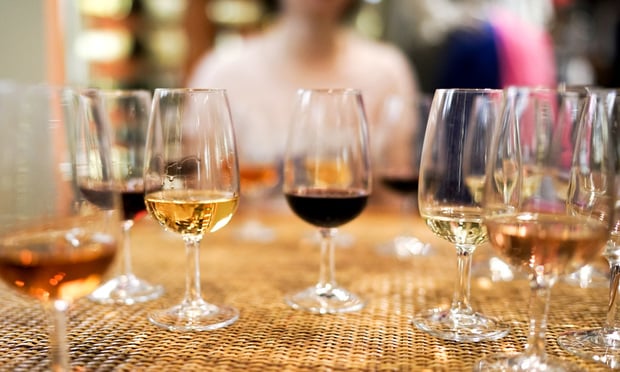 Notably, 2022 featured some return of capacity from carriers. This was the second consecutive year without a catastrophic major weather event, serving to bolster the market's growing appetite. (Credit: Lesia Povkh/Shutterstock.com)
Notably, 2022 featured some return of capacity from carriers. This was the second consecutive year without a catastrophic major weather event, serving to bolster the market's growing appetite. (Credit: Lesia Povkh/Shutterstock.com)
We may have avoided major catastrophic wildfires for the most part in wine country in 2022, but smaller fires and other events posed risks of their own. Winery owners and operators continued to face challenges related to public health issues, supply chain shortages, inflation and more. That said, 2022 was not all bad, several positive trends emerged and are likely to continue on the risk management side.
Recommended For You
Want to continue reading?
Become a Free PropertyCasualty360 Digital Reader
Your access to unlimited PropertyCasualty360 content isn’t changing.
Once you are an ALM digital member, you’ll receive:
- Breaking insurance news and analysis, on-site and via our newsletters and custom alerts
- Weekly Insurance Speak podcast featuring exclusive interviews with industry leaders
- Educational webcasts, white papers, and ebooks from industry thought leaders
- Critical converage of the employee benefits and financial advisory markets on our other ALM sites, BenefitsPRO and ThinkAdvisor
Already have an account? Sign In Now

